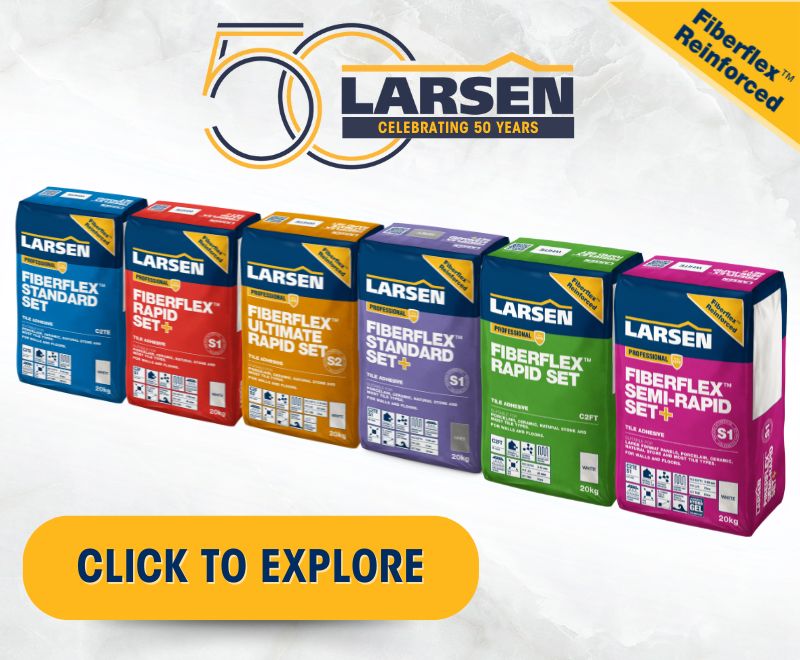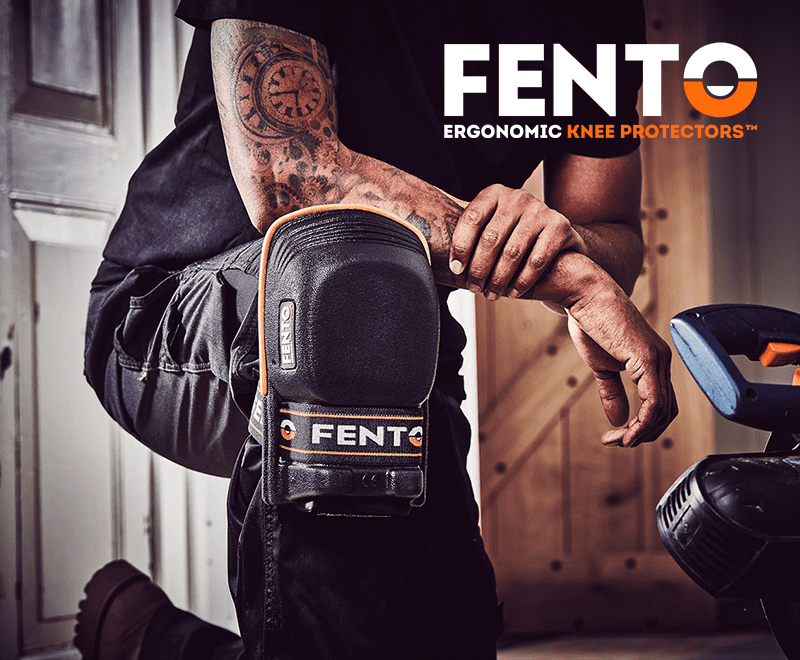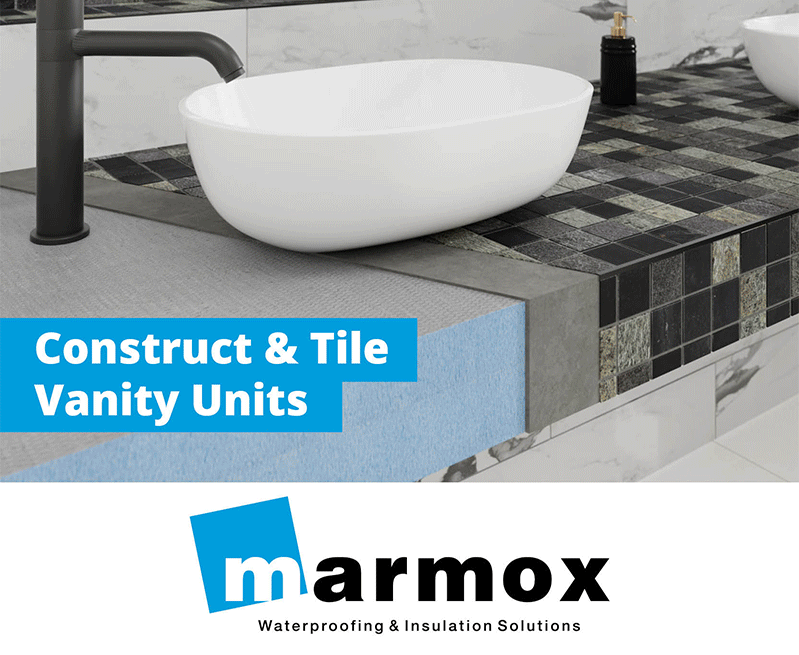Best practice for tiling over underfloor heating
UNDERFLOOR heating (UFH) is rapidly becoming the norm. Whether driven by the shift to heat pumps, Part L updates, or the forthcoming Future Homes Standard – which will specify heat pumps as standard – the direction of travel is clear: low-carbon, low-temperature systems are here to stay.
This presents fresh challenges as well as opportunities. Ceramic, porcelain and natural stone are all suitable for use with UFH, but their long-term performance depends heavily on correct preparation, product specification and installation discipline.
Thermal expansion, moisture content and surface stability are all critical variables, and the integrity of any tiled floor depends on the care taken before the first tile is even laid.
Why subfloor preparation is critical
Even if the starting point is not ideal, the result still needs to be as close to perfect as possible. Floor tile adhesives (apart from specialist thick bed adhesives) should be used at an application thickness of between 3-6mm. This means even minor imperfections in the subfloor can cause issues with the finished floor.
That’s why achieving a smooth, even, stable base is vital, particularly over UFH where thermal movement is a factor. The surface to be tiled should achieve a surface regularity of SR1.
Subfloor irregularities, insufficient smoothing or lack of commissioning can lead to major issues such as lifting tiles, adhesive failure, or cracking of the substrate.
These problems are avoidable with the right process, materials and professional diligence.
Too many skip the heating cycle
Before any smoothing compound or floorcovering is applied, the system should be brought up to temperature gradually in accordance with the manufacturer’s guidance. This ensures excess moisture is driven out and any thermal movement takes place before the tiled finish is installed.
It’s essential to allow the system to cool fully and remain off for at least 48 hours before starting floor preparation.
And once the tiles are in? The warm-up needs to be just as gradual. Start around 18deg C and increase by no more than 5deg C a day. The maximum surface temperature at the adhesive line should never exceed 27deg C, in line with BS 8203 and other applicable standards.
Acclimatisation matters
Tiling over UFH is not just about the floor build-up; it’s about the environment. In new-build homes especially, you’re often working around wet trades, incomplete heating, and doors and windows that haven’t been sealed yet.
Humidity, temperature and airflow all affect how adhesives and levelling compounds perform. Bringing tiles straight in from a cold van and fixing them right away is a shortcut to problems. Acclimatisation matters and failing to do so can result in expansion, gapping or debonding as the heating system is brought online.
Reinforced compounds aren’t optional
For installations involving wet UFH, fibre-reinforced smoothing compounds are purpose-built to handle the dynamic stresses of heated floors.
We would recommend products that achieve the S1 classification when classified in accordance with BS EN 12004, making them ideal for substrates subject to movement or expansion. For an ultimate finish, use products with pure clean anti-stain technology that exceeds the requirements of BS EN 13888 – CG2 WA.
Confidence through compliance
The Code for Construction Product Information (CCPI) is raising the bar on compliance and product transparency. That’s a good thing. But it also means there’s less tolerance for switching out products or relying on ‘it’ll be fine’ thinking.
Every component – from primers and smoothing compounds to adhesives and grouts – should be part of a verified system. If you’re unsure, speak to the manufacturer. At Weber, we offer on-site advice, training and testing support to ensure floors are fit for purpose.
Tiling over UFH is not difficult – but it’s unforgiving. You only get one chance to get the preparation right; once that floor is down, the blame for any failure often lands squarely on the installer.
The good news? Every challenge in this space has a well-understood solution. Follow the guidance, use the right materials and treat the substrate with the same care you would the tile finish and your floor will not just perform, it will last.
uk.weber










